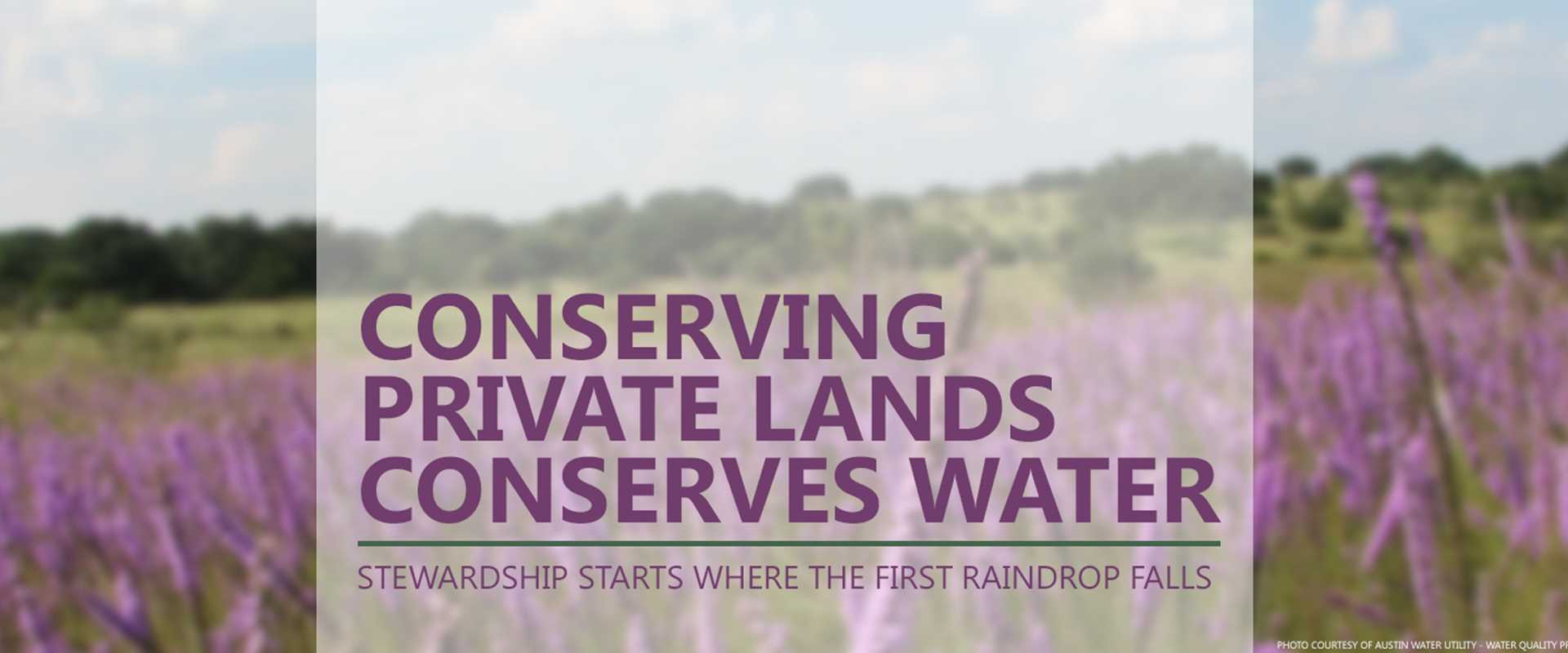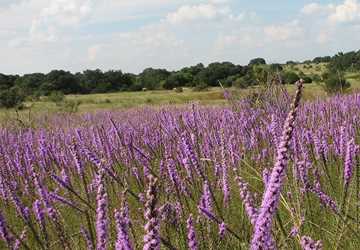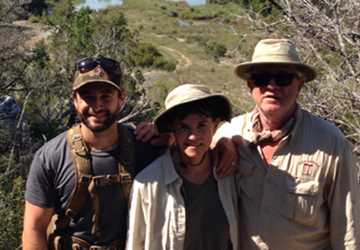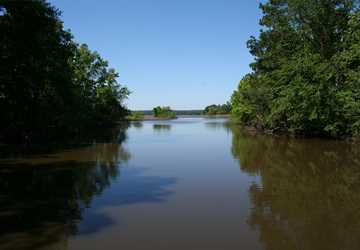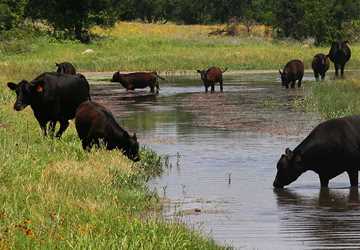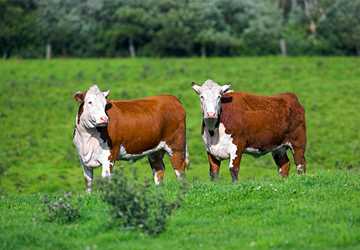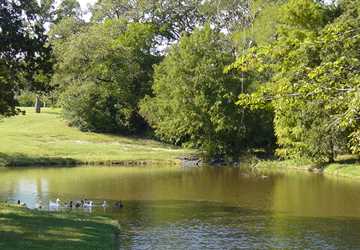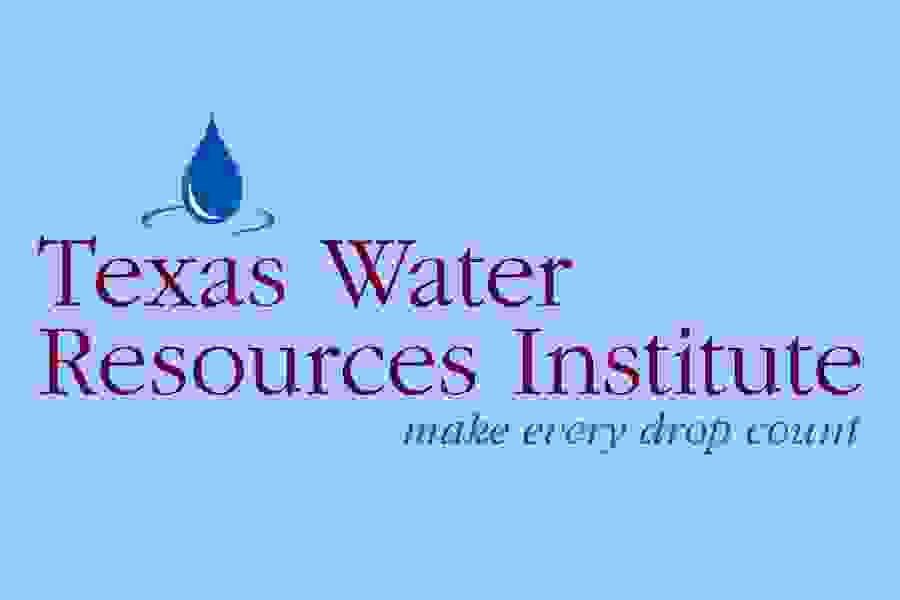Former President and Texas native Lyndon B. Johnson once said: “Saving the water and the soil must start where the first raindrop falls.”
In Texas, where about 95 percent of the land is privately owned, and 83 percent of that land is rural farms, ranches and forests, it is essential that all Texans understand the interconnection of land and water to ensure the healthy stewardship of both, according to natural resource professionals.
Defining private land stewardship
After 35 years of observing successful rural landowners while working for the U.S. Department of Agriculture–Natural Resources Conservation Service, Steve Nelle is convinced land stewardship is a belief inside a person. “It’s a deeply held inner conviction that motivates a landowner to take good care of the land entrusted to them,” he said. “It is much deeper than just what they actually do day-today, but rather it is what motivates and inspires what they do.”
Nelle, who is now retired and works with the Hill Country Land Trust, believes that good stewards take care of the land, not just for their own personal benefit or even for their future generations. “It goes beyond that,” he said. “What they do has a benefit to society. I think that is what really sets apart the highest form of stewardship. They are not just doing this for their own gain, but they realize what they do on a piece of property affects other people downstream; it benefits people they don’t even know.”
Dr. Neal Wilkins, president of the nonprofit East Wildlife Foundation, also sees private rural land stewardship as more than just taking care of the land.
“It’s making sure you have set up a durable, sustainable process of land management that has both elements of productivity and conservation on any one piece of land,” Wilkins said. “The real land stewards have figured out how to put land to work but still have it provide the conservation benefits that we consider public benefits. Those public benefits are those things that end up accruing to everyone.”
They are not just doing this for their own gain, but they realize what they do on a piece of property affects other people downstream; it benefits people they don’t even know.
Blair Fitzsimons, chief executive officer of the Texas Agricultural Land Trust (TALT), defines land stewardship in simple terms, echoing what many mothers say to their children: ‘Leave something in better shape than you find it.’
“The question is how do we as landowners leave our land in better shape than we find it, and what are the obstacles to doing it?” she said.
Understanding the interconnection
Rain falling on land helps replenish groundwater and surface water supplies. When land is properly managed, rainfall soaks into the ground, recharging aquifers and springs, or flows into streams, rivers and lakes.
“We have no control of how much it rains, where it rains, when it rains,” Nelle said. “But good land stewards understand that one of their jobs is to make the most out of every drop that does fall.”
The question is how do we as landowners leave our land in better shape than we find it, and what are the obstacles to doing it?
Making the most of every drop means making sure every square foot of land has vegetation on it, Nelle said. “So when that rainfall hits, it is hitting a leaf, or it is hitting plant litter and mulch on the ground. It is not hitting bare soil,” he said. “Each individual drop is slowly seeping down into the soil surface.”
Nelle said for ranchers, making every drop count means responsible and conservative grazing to ensure there is a cover of grass at all times. For farmers it may mean using cover crops, reducing tillage and retaining standing crop residue after harvest.
If the land has this cover of vegetation, Nelle said, when it rains hard enough for runoff to occur, the runoff happens gradually, being slowed and filtered by vegetation, reducing floods and producing higher quality water feeding into streams and rivers. “When the runoff leaves the property, it will tend to be clear water, not laden with sediment,” he said.
“It makes a critical difference how that land is managed and stewarded and how its soil resources are cared for as to whether that water becomes available as groundwater or as clean surface water, or whether it is squandered and polluted or subjected to excessive evapotranspiration,” Wilkins said.
Fitzsimons agreed that stewardship of private rural working lands “is critically important to sustaining our water resources.
“How that private land is managed directly impacts the people who live in San Antonio, Austin, Houston and Dallas. Certainly how the land is managed allows that water to infiltrate and recharge our springs and aquifers, so if the land is not properly managed then the water runs off, and there is no recharge,” she said.
Stopping rural land loss
Good land stewardship is not enough to fully protect water resources in Texas, the experts said; the problem of rural land loss must also be addressed. Texas is losing agricultural land to urban development at a rate that is one of the fastest in the country.
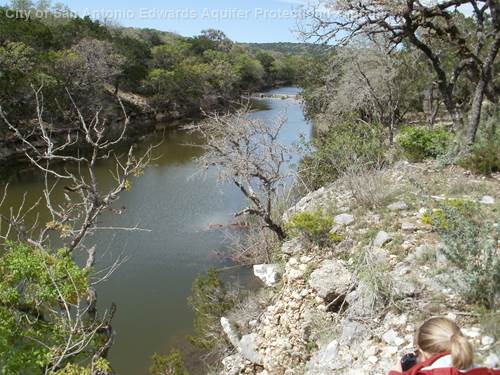
“In Texas, where our booming economy is attracting people from all over the country, we lose 250 acres of open space for every 1,000 new residents,” Fitzsimons said. “When we lose open space, when land is paved over or divided into smaller and smaller pieces, it can have profound impacts on the recharge zones of our aquifers or the health of our rivers and streambeds.”
Dr. Roel Lopez, Texas A&M Natural Resources Institute director, agreed that rural land loss and fragmentation need to be reduced, which he believes will happen when people recognize the value of those lands. “Many see rural open land as an empty lot,” he said. “We have to be able to change their perspective and tell the story of the interconnectedness between land and water.”
Connecting with the urban public
Changing the perspective of the 86 percent urban population who need to recognize and appreciate the connection of private land stewardship to quality urban water supplies is important, the experts said.
Fitzsimons said an increasingly urbanized public needs to be educated on the role of private land stewardship. She said the urban public needs to understand that empty land in rural areas is not land waiting to be developed, but instead it is land already providing essential public benefits, such as drinking water, clean air, quality of life and wildlife habitat.
Many see rural open land as an empty lot. We have to be able to change their perspective and tell the story of the interconnectedness between land and water.
“Making that connection for the urban public between the role of private land stewardship and maintaining our water resources and where that water comes from is really, really important,” she said. Water doesn’t just come out of the tap or bottle. Somewhere it is dependent on some sort of stewardship.”
Wilkins said those who understand private lands in rural America and their contribution to the rest of the United States have done a terrible job of translating that to the rest of the people. “Therefore, rural America doesn’t get the support it needs.
“I thought my job is to educate landowners and policymakers. Maybe my real job is to find those people who are part of the 86 percent — urban America — and reacquaint them with the vital importance of private land stewardship and what those public benefits are.”
Overcoming obstacles
TALT, along with other land stewardship organizations, works with private landowners to help them permanently protect and preserve their land and its natural resources, Fitzsimons said.
Conservation easements are one tool that TALT uses. A conservation easement is a perpetual legal agreement that allows landowners to retain title and management of their property, while forfeiting, donating or selling certain development rights to a land trust to protect the land from commercial or residential development.
“Landowners retire the development rights so the property can never be commercially developed, but it can be used for ongoing agricultural operations,” Fitzsimons said.
The cities of San Antonio and Austin are both using land purchases and conservation easements to protect land in the Edwards Aquifer’s recharge and contributing zones. (See Protect our land, protect our water in txH2O, Summer 2014.)
Recognizing the linkage of land stewardship to Texas’ water supply and the importance of conservation easements, Texas Speaker of the House Joe Strauss issued an interim charge to the House Committee on Natural Resources to “explore opportunities to encourage voluntary protection and stewardship of privately owned lands in support of the state’s water supply and to protect environmental flow needs in Texas rivers.”
He also told the committee to “examine methods in which state agencies, water rights holders and nongovernmental organizations can work together through programs like the Texas Farm and Ranch Lands Conservation Program and the Texas Water Trust.”
The Texas Farm and Ranch Lands Conservation Program was created within the Texas General Land Office in 2005 by the 79th Texas Legislature to provide grants to organizations to purchase conservation easements. Its intent, according to its website, is to assist private landowners in protecting land from development and maintaining their land under private ownership and in agricultural production.
“The landowner benefits from the proceeds of the sale, the designated land trust oversees the management of the conservation easement, and the citizens of Texas reap the reward of keeping open space open for generations,” according to the program’s website.
The program, however, isn’t fully funded, and without being compensated for the development rights, many landowners can’t afford to donate the conservation easement. TALT and others are hoping the program is funded by the Legislature during the next legislative session.
“It will be a game-changer for Texas if it is,” Fitzsimons said.
Eighty-three percent of raindrops fall on a private farm, ranch or forest in this state. So doesn’t it make sense that a significant effort should be made in trying to ensure that lands are in such a condition that we can optimize the amount of water that is captured? I think the answer is yes.
She said the program offers a solution to the problems of fragmentation and loss of rural land. Many landowners don’t want to sell their land for development. “It’s their legacy; they love it,” she said. “But they need some help to be able to do this, and this program gives them an alternative to holding out or selling out.”
Lopez believes the connection of private land stewardship to water stewardship is getting more attention because, as the state is trying to address its water issues, many are looking at new water infrastructure improvements and other water projects.
“But I think there is a realization that a lot of approaches to water supply and sustainability also can come through practices on private lands,” he said. “In some cases, it can be a much cheaper approach than other projects. Poor land stewardship results in the squandering of water; good land stewardship results in capture and proper use of water via land management practices.
“There are tremendous opportunities on private lands to optimize the amount of water supply in the state,” Lopez said. “There are things that we can do from a water conservation perspective via land management practices that we haven’t optimized. Eighty-three percent of raindrops fall on a private farm, ranch or forest in this state. So doesn’t it make sense that a significant effort should be made in trying to ensure that lands are in such a condition that we can optimize the amount of water that is captured? I think the answer is yes.”
Explore this Issue
Authors
As the former communications manager for TWRI, Kathy Wythe provided leadership for the institute's communications, including a magazine, newsletters, brochures, social media, media relations and special projects.

